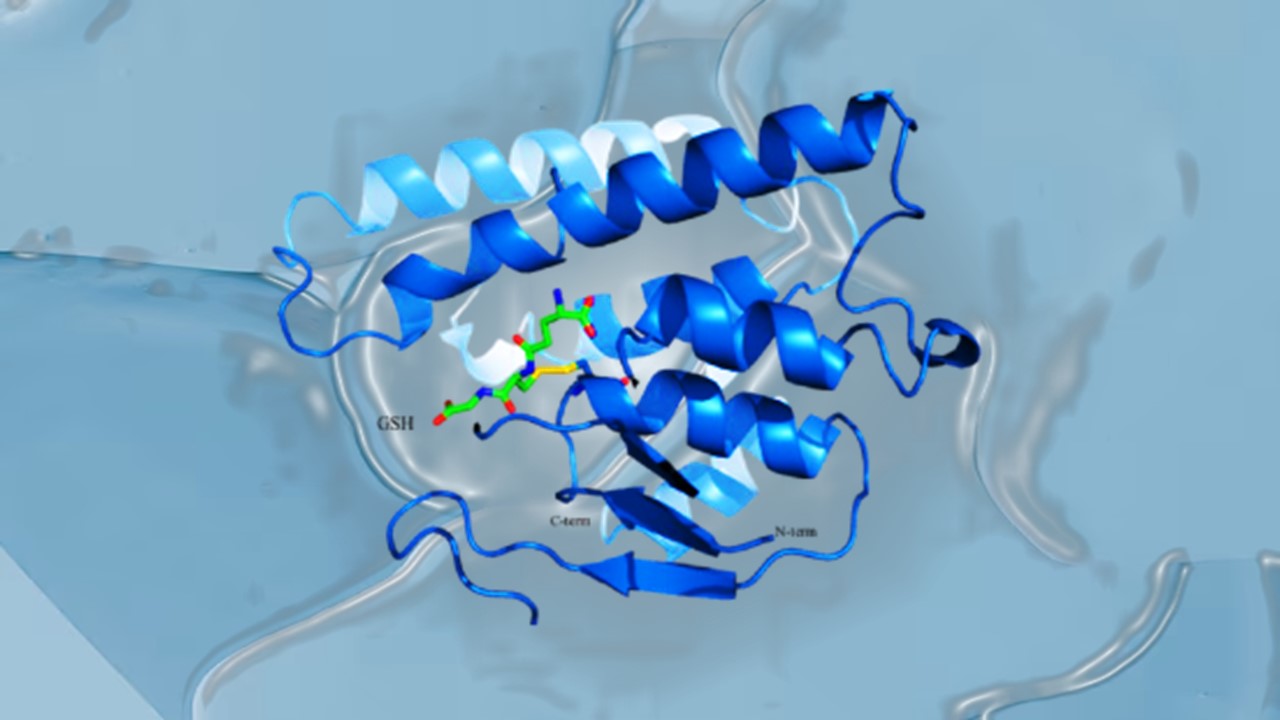A new study published in Cancer Research has revealed a unique imaging technology that uses the power of short-wave infrared light (SWIR) to improve cancer surgical precision. This innovative method, developed by a multidisciplinary team of engineers and surgeons, has the potential to transform the treatment of neuroblastoma, the second most common solid malignant tumor in children after brain tumors. This technology offers unparalleled levels of accuracy in tumor excision by allowing surgeons to distinguish between dangerous tumors and healthy tissue in real time.
Visualizing the Invisible
Differentiating malignant cells from nearby healthy tissue during neuroblastoma surgery has always been a challenge since they frequently seem identical to the human observer. Experts at the Wellcome/EPSRC Centre for Interventional and Surgical Sciences (WEISS) at UCL and surgeons at Great Ormond Street Hospital (GOSH) used a method called molecular imaging to get around this restriction. Scientists managed to trigger a fluorescence response by introducing specialized compounds into the bloodstream that served as imaging probes that targeted malignant cells. During preclinical studies in mice, this fluorescence—which is started when the probes attach to malignant cells—effectively illuminated the tumor.
Enhancing Clarity with SWIR
The study team incorporated SWIR, an once-unobtainable form of electromagnetic radiation, to further improve the imaging quality and optimize the surgeon’s capacity to distinguish between malignant tumors and normal tissues. Since SWIR has an extended wavelength than visible light, it can reach deeper tissues and produce images that are clearer and more detailed. Throughout the preclinical studies, surgeons were able to properly discriminate between malignant cells and adjacent healthy tissue by using a cutting-edge high-definition camera that could capture SWIR fluorescence. This innovation holds great potential for precise tumor removal with minimal harm to nearby blood arteries, nerves, and organs.
Unveiling the Future of Neuroblastoma Surgery
The meticulous coordination needed during neuroblastoma surgery is stressed by Dr. Stefano Giuliani, Paediatric Surgeon Consultant at Great Ormond Street Hospital and Associate Professor at UCL Great Ormond Street Institute of Child Health. Given that total tumor excision is important, it’s just as important to protect the viability of essential structures. As a result of lighting the tumor, the newly invented approach delivers unmatched precision, allowing surgeons to carry out safer and more thorough resections. Dr. Giuliani hopes to use this state-of-the-art technology in clinical settings at GOSH so that more kids with aggressive tumors can receive assistance.
The Devastating Impact of Neuroblastoma
Due of its propensity to spread to other parts of the body after diagnosis, neuroblastoma, which accounts for 8–10% of all childhood malignancies and roughly 15% of cancer-related fatalities in children, presents a substantial challenge. Molecular imaging offers a potent tool to help fight this terrible childhood disease by enabling real-time viewing of biological processes after surgery. Molecular imaging, a game-changing innovation in pediatric surgical oncology, allows the viewing of tumor margins, unlike conventional imaging modalities like X-ray or magnetic resonance imaging (MRI), which predominantly focus on organs and bones.
Convergence of Expertise
SWIR imaging has a revolutionary potential for tumor surgery, as Dr. Dale Waterhouse of the Wellcome/EPSRC Centre for Interventional & Surgical Sciences (WEISS) at UCL emphasizes. This interdisciplinary partnership between surgeons and engineers offers safer and more accurate tumor surgery by enhancing the surgeon’s visual capabilities beyond the constraints of the human vision. The necessity for cutting-edge technology that assist in the intraoperative imaging of malignancies is also highlighted by Dr. Laura Privitera from the UCL Great Ormond Street Institute of Child Health. An intriguing development in this area is fluorescent-guided surgery, which enables doctors to perform more thorough resections while maintaining patient safety.
Fast-Tracking Technology for Pediatric Cancer Care
The scientists at GOSH and UCL WEISS are tirelessly working toward adopting this cutting-edge equipment in the operating theaters of Great Ormond Street Hospital throughout the next year, motivated by the encouraging findings of their research. They hope to help youngsters with malignant tumors by hastening the adoption of this discovery into clinical application.
Integrated Illumination, Unparalleled Collaboration
Short-wave infrared imaging integrated into fluorescence-guided surgery no doubt revolutionizes neuroblastoma treatment, improving patient outcomes. As the scientific community eagerly anticipates the translation of this innovative technology into clinical practice, it is essential to acknowledge the collaborative efforts of engineers, surgeons, and researchers in pushing the boundaries of medical science and offering renewed hope to children and families affected by neuroblastoma.
Study DOI: 10.1158/0008-5472.CAN-22-2918
Subscribe
to get our
LATEST NEWS
Related Posts

Immunology & Oncology
The Silent Guardian: How GAS1 Shapes the Landscape of Metastatic Melanoma
GAS1’s discovery represents a beacon of hope in the fight against metastatic disease.

Immunology & Oncology
Resistance Mechanisms Unveiled: The Role of Glutathione S-Transferase in Cancer Therapy Failures
Understanding this dual role of GSTs as both protectors and accomplices to malignancies is central to tackling drug resistance.
Read More Articles
Myosin’s Molecular Toggle: How Dimerization of the Globular Tail Domain Controls the Motor Function of Myo5a
Myo5a exists in either an inhibited, triangulated rest or an extended, motile activation, each conformation dictated by the interplay between the GTD and its surroundings.
Designing Better Sugar Stoppers: Engineering Selective α-Glucosidase Inhibitors via Fragment-Based Dynamic Chemistry
One of the most pressing challenges in anti-diabetic therapy is reducing the unpleasant and often debilitating gastrointestinal side effects that accompany α-amylase inhibition.













